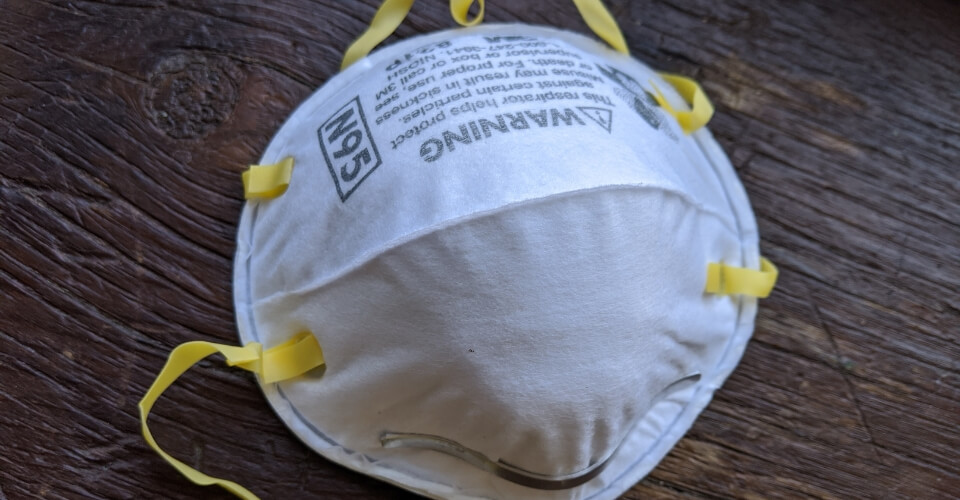New York awoke to a relatively unfamiliar aesthetic as the sky turned yellow. The haze obscured the streets. As mystical as it sounds, it was actually declared an alert for the New Yorkers.
What happened to “The Big Apple?” Let us decode the hazy days.
Why Is NYC Air Yellow?
In order to understand the strange yellow tinge, let us follow the chronology of events–
- The usually cold chilly country, Canada, experiences one of the hottest temperatures in the Spring season. That, combined with the dry air, resulted in the first sparks in Quebec, gradually begetting full-blown wildfires in Canada.
- With around 160 active wildfires, the Canadian government declared these fires to be “out of control.“
- The compounding effect of these wildfires resulted in heavy smoke hovering through the entire country. Meanwhile, the dry air carried the smoke all the way across 2000 miles to parts of Nebraska, North Dakota, and several other states in the U.S.
- And cut to the last few days, NYC went on high alert for a similar yellow hue, causing people difficulty breathing, coughing, teary eyes, and smell of burning wood.
Why Is the Smoke Orange in NYC?
While haze is usually darker, the intensity of Canadian wildfires can be estimated based on how orange the smoke looks. Canada is experiencing its worst wildfires in the past decade, with over 3.3 million hectares of the area set ablaze. Around 26000 people have already been evacuated and affected by 413 active wildfires, with 249 still out of control.
This concerning calamity has directly impacted the air quality index (AQI) in several regions of the USA.

New York is the recent area to experience hazardous levels of pollution due to the smoke. The purple-marked areas indicate high alert for the citizens to maintain caution. On Wednesday, NYC was the second-worst hit by air pollution with an AQI of 263, according to the EPA, after the Susquehanna Valley region of Pennsylvania– with an AQI of 272.
Other areas that triggered code purple under EPA’s monitoring system are–
- Philadelphia: AQI 217
- Lehigh Valley, Pa.: AQI 213
A National Weather Service meteorologist, Jay Engle, has estimated that the wind trajectory causing orange smoke in New York will continue to sustain for longer than expected, given the uncontrolled nature of the wildfires. The only way this haze would reduce is if the fires were extinguished.
Many environmental experts have underscored the effects of climate change are responsible for drought areas and worsening temperatures. Canada and US might experience such deadly fires annually.
How Do You Stay Safe in NYC Air Quality?
The deteriorating air quality is a warning sign of increasing pollution. The most hazardous effect of constantly inhaling this smoke can lead to burning eyes, closed throat, runny nose, and in severe cases, might cause bronchitis. This is because smoke carries fine particulate matter of PM2.5 that can easily penetrate into our lungs through respiration.
Hence, the state has requested the citizens to stay indoors as much as possible and only get out in emergencies. However, this solution may not be practical for many; one can incorporate these simple daily practices:
- Go outside during the early hours. Do not travel during the prime time of the day for the higher risk of pollution
- Always stay hydrated. Water helps in diluting the effects of smoke
- Travel by closed vehicles to avoid direct contact with outside air
- Install air purifiers at home
- Opt for healthy food
Should I Wear a Mask in NYC Air Quality? Do Masks Help with Air Quality?

Wearing a mask is the safest option if you ought to go outside in NYC air quality.
The office of Mayor Eric Adams issued a statement on Tuesday–
“If you are an older adult or have heart or breathing problems and need to be outside, wear a high-quality mask (e.g. N95 or KN95).”
What are your thoughts on the deteriorating NYC air? If you are a New Yorker, let us know how you are dealing with this.
Let us know in the comments section below any advice to deal with this poor air quality.

